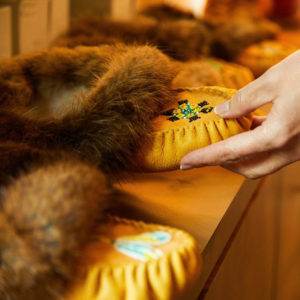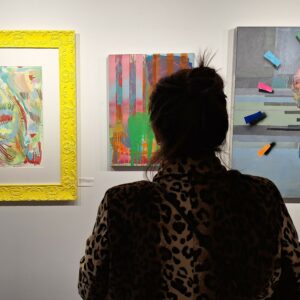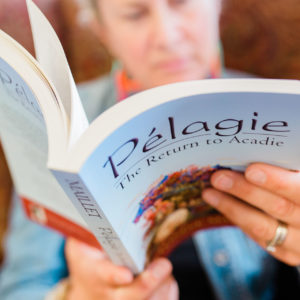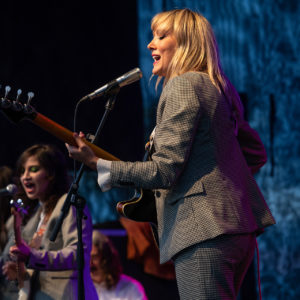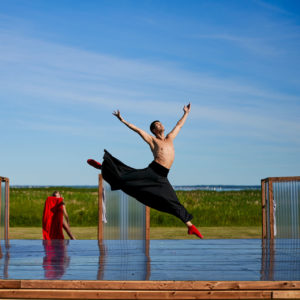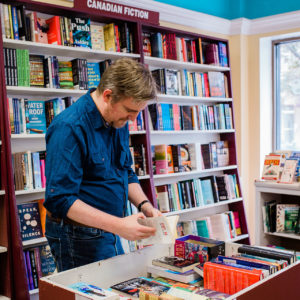
Alanna Baird
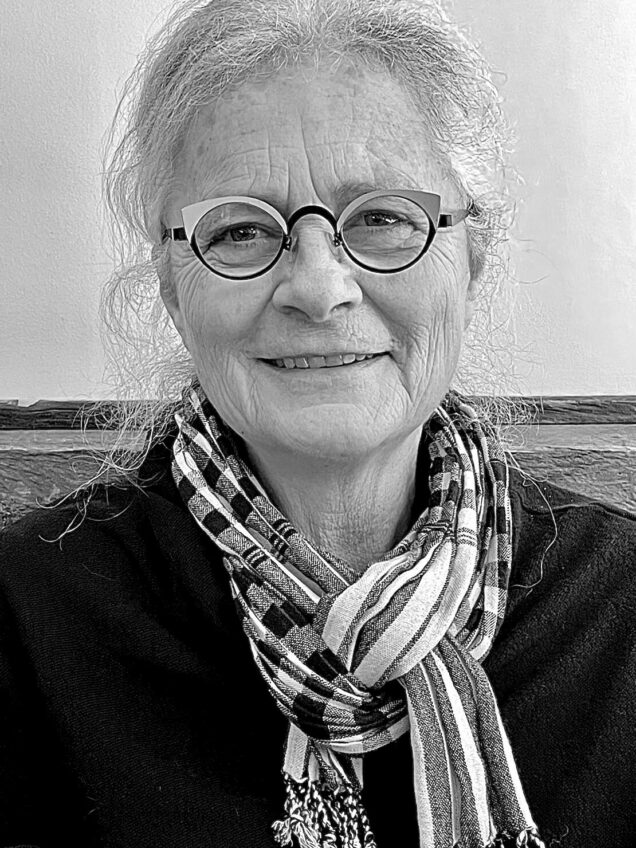
Alanna Baird is a multidisciplinary artist from New Brunswick best known for her playful fish sculptures made from recycled metal. Alanna is equally at home working with ceramics, metal, paper and ink, or plastic. Hers is a materials-based practice which explores combinations of tools and techniques through a range of materials. She places importance on the process as well as the quality of her creations. Individual works combine to make larger statements. There is now a large school of metal fish which have spawned from her studio. Together, they speak an enormous environmental statement about post-consumer waste. Individually, they speak their stories continually and loudly. They have become an invasive species, spreading her concerns about our impact on this planet and its oceans.
Early work in ceramics has resurfaced through her Sea Urchin Series in lost wax cast bronze. Barnacles have begun to encrust her work as they do her shoreline. Plastics entered her studio when she discovered a handheld 3D printing pen and the possibilities of calligraphic sculpture, the shadows left as her pots disappeared. To mitigate the use of new plastic, she is exploring ways to introduce recycled elements to this body of work in process. Her creative approach crisscrosses mediums.
The sustainability of her work is critical in her approach. Life on the shore of the Bay of Fundy has been the focus of her life, its biodiversity as well as our human impact on our marine environment. She works in a solar powered, energy efficient studio beside her home, steps away from the sea. She walks the intertidal zone daily, gathering ideas as well as objects. She considers herself an active environmentalist rather than an environmental activist, preferring to let the work speak for her.
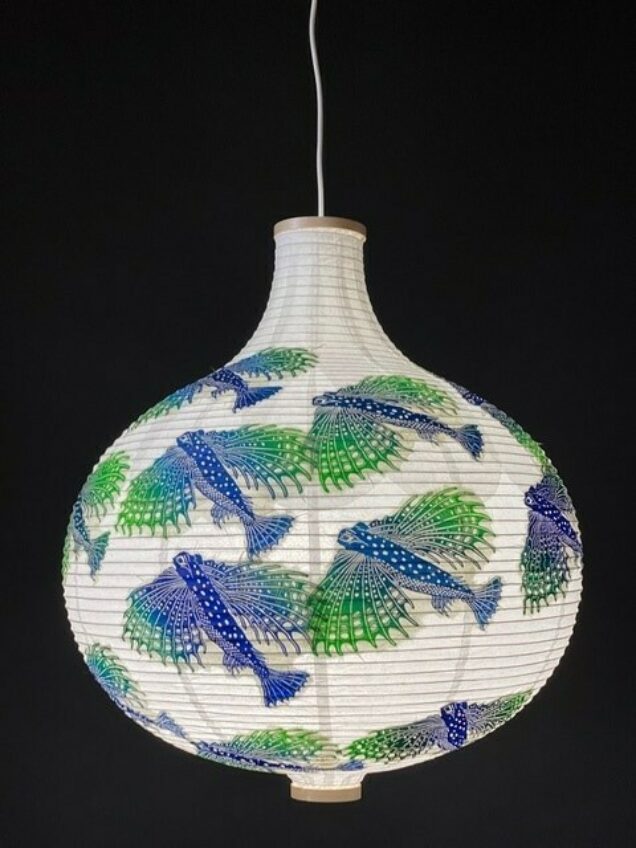
What led you to become an artist?
It was through my love of creating.
I found my way to visual arts through my love of exploration of materials, and my need to create. I have always made things; my mother encouraged my creativity through sewing, knitting and craft classes. In high school I was making stuffed animals that I sold through the Saint John Handicraft Guild. I also had inspiring art teachers. After 3 years of engineering at UNB I made the shift to the Craft School. There were not enough looms for me to join the weaving class, so I took pottery. Pottery led me further along… The journey to becoming an artist continues.
How did your training and experience help you to create and innovate in your artistic practice?
My training is ongoing and hands-on. As a craftsman, I developed a discipline while working through repetitive series. I constantly assess what I do and look for tiny ways to improve an object with the goal of making things well. In addition to my own ceramic practice, I was involved in the design end of my husband’s line of woodworking. I used to knit, sew, bead and weave. I have done upholstery work; I have renovated houses. I raised two kids in a creative household. Over time I have gathered many tools into my skillset. The possibilities inherent in material is something I find both challenging and intriguing. Throughout a long career I have developed an extensive knowledge of both materials and techniques. There is still so much more for me to learn, and I am open to more.
What stimulates you most about your practice?
My practice is primarily materials based. Exploring something new (to me), as well as figuring out what I can do with what is on hand.
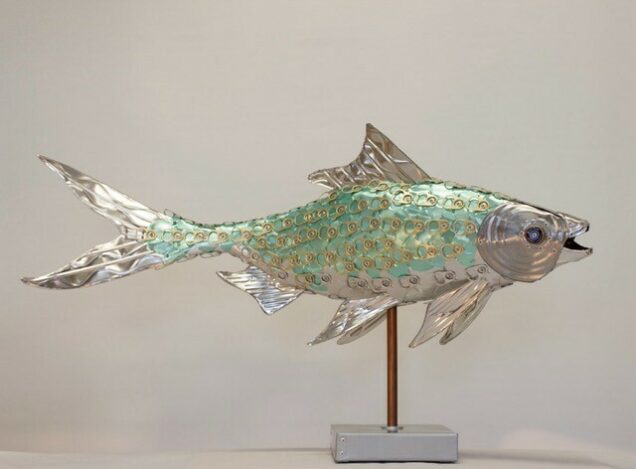
How has living and working in NB helped and or inspired you on your journey?
Living on the coast has had a huge impact on my work. The tide has seeped into my work, bringing the intertidal creatures and their environmental plight.
While living in a remote community, Pocologan, I was isolated, but I also travelled to shows in Toronto where I was exposed to a much wider world of craft. St. Andrews gives me a small-town setting where the world comes to my door in the form of interesting and interested travelers. I also lived and worked for 5 years in Ottawa, where I had access to larger art venues, but where I found a serious lack of saltwater.
My community art centre, Sunbury Shores (SSANC), has given me access to other studios, visiting artists and exhibitions. I am fortunate to be able to share with my artistic peers. My community of scientists has taught me much about the sea. I have absorbed these influences and use what I have learned.
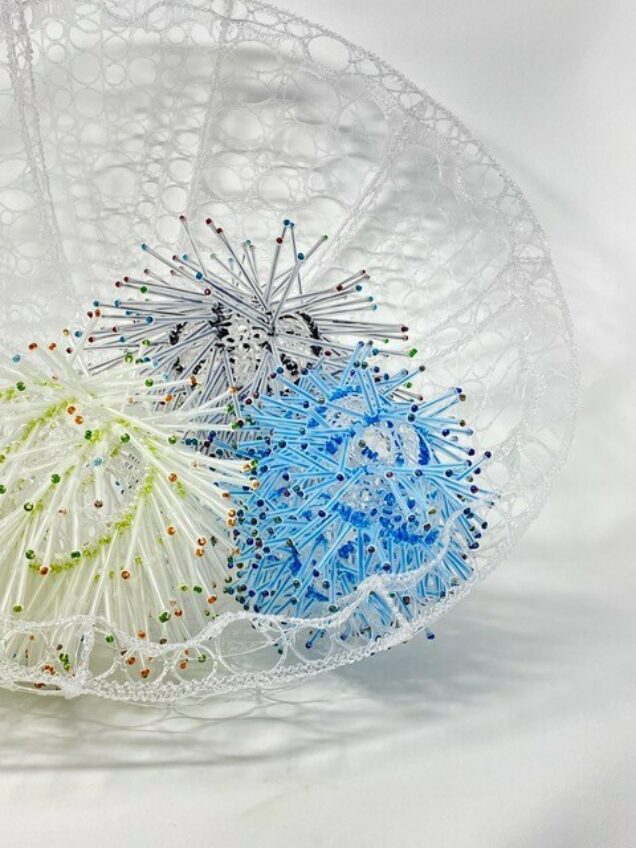
What motivates your creativity?
My creativity is tactile. I love to explore materials, to see where it will take me. Some of what I do is to sell, some of what I do is for the love of doing. Finding a balance that allows me to continue to work is the key.
How does your creative process unfold as you create an artwork?
My roots as a craftsman show. I work in series; I look for ways to do better with each new iteration. Recently I have revisited older work with more experienced eyes and new materials.
What is your long-term vision and what do you hope to achieve?
As a senior artist my hope is to be able to keep going, to keep relevant, to hold interest in and share what I am doing. And to learn more as I go.
Why do you think it is important to make art and pursue an artistic career?
I think of it as a balance that adds a richness to life. Those of us who create need those who appreciate, and vice-versa. I have a drive to create.
What have you learned about yourself and NB/s artistic community through your work?
I am not familiar with all of NB’s artistic community. I live in a small corner of this province. I am lucky to have SSANC as an entry into a larger community, but I have not had exposure to all that is out there in this province. I do think the context of artistic community is beyond our provincial borders. Like the sea, whose waters do not recognize the boundaries imposed by dotted boundary lines, creativity flows where it does.
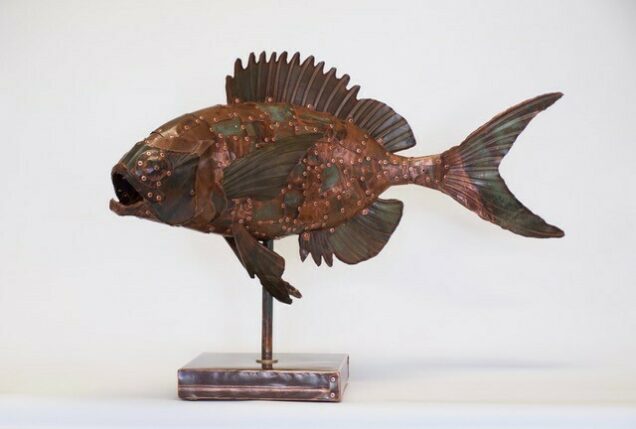
What do you think is the impact of artistic work on communities and the province as a whole?
I think artists can give people new perspective, as well as new things to consider.
Describe what you are most proud of in your career?
That I have managed to create a long and productive career as a full-time artist.
What advice would you give to people who want to become artists?
I am not sure you become an artist. I think you are an artist. You choose where you go with that, there is no one pathway.
You can follow and explore Alanna Baird's practice and artworks here:
